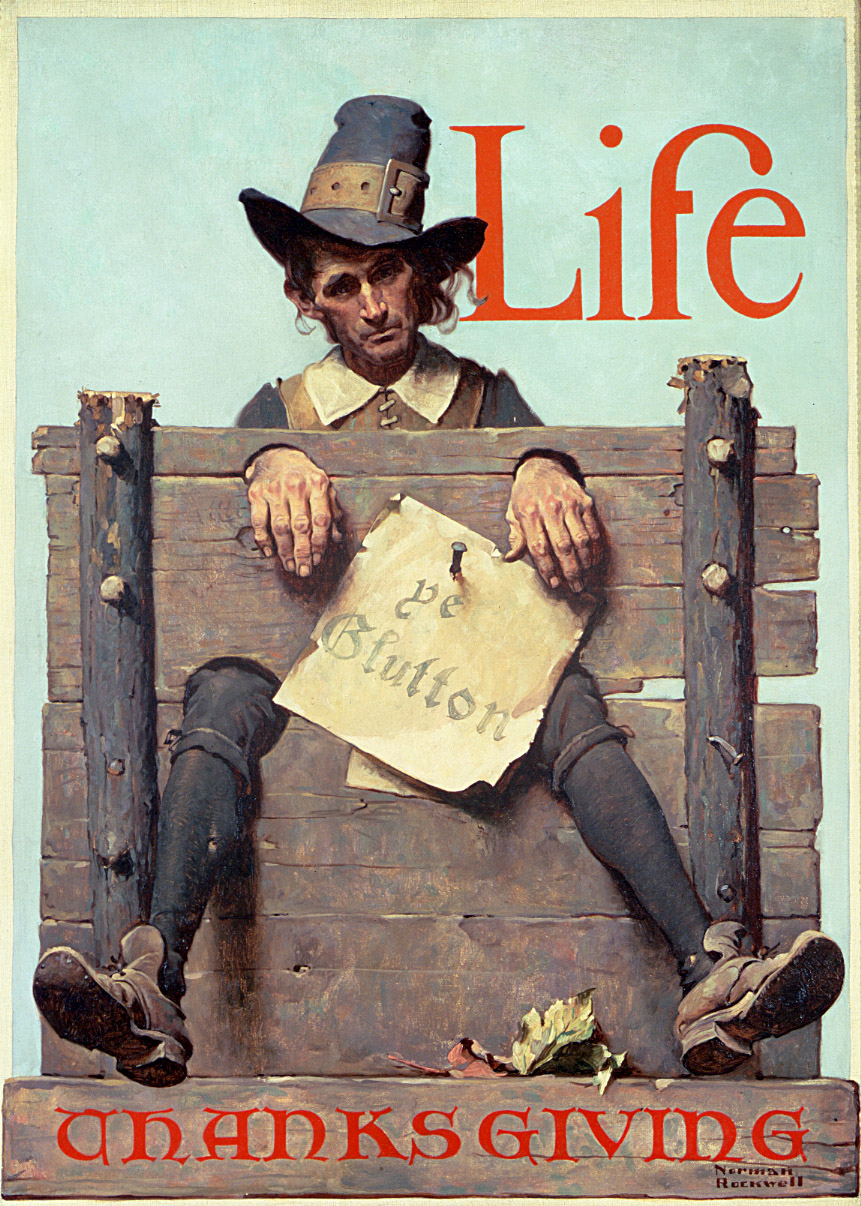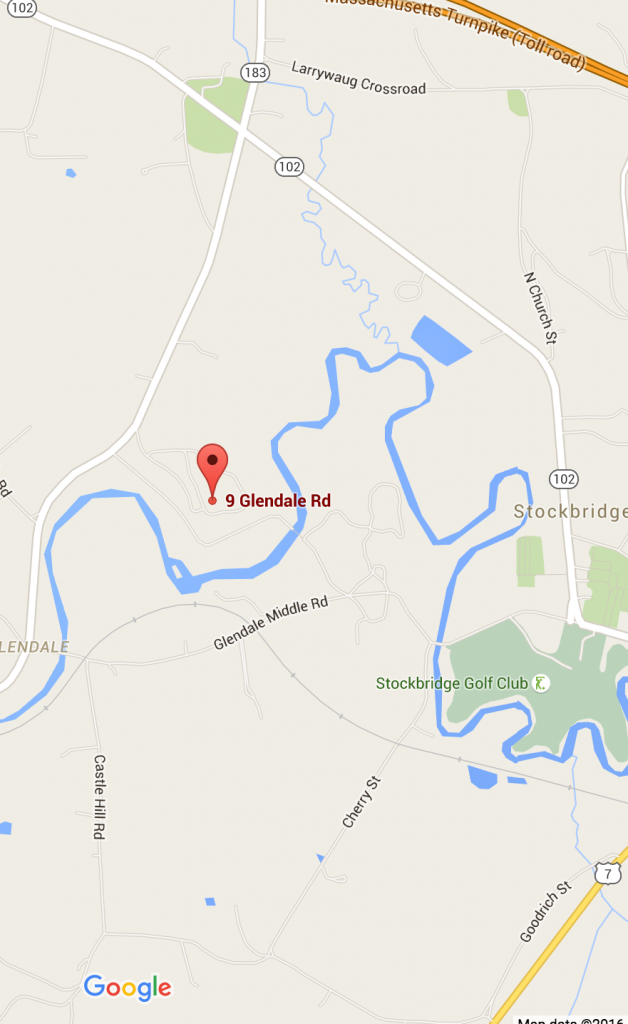Norman Rockwell: Home for the Holidays
“The commonplaces of America are to me the richest subjects in art.”
Norman Rockwell
Among Norman Rockwell’s best-known illustrations are heartwarming scenes that capture the essence of American holiday traditions celebrated throughout the year-from Valentine’s Day and Independence Day to Halloween, Thanksgiving, and the magic of the Christmas season.
Rockwell’s connection to holiday-inspired art can be traced to his youth, when at the age of fifteen, a parishioner of his family’s church employed his talents for Christmas card designs. As an adult, Rockwell would become a fixture at Hallmark, a company that continues to market his midcentury illustrations for holiday greeting cards. The Saturday Evening Post, which showcased his art for forty-seven years, typically delegated Christmas, Thanksgiving, and New Year’s covers to its most talented and popular illustrators. During Rockwell’s first year with the magazine in 1916, his work was featured on a December cover, and subsequently, the front pages of many additional holiday issues were assigned to him. Seasonal rituals and snowy New England landscapes are viewed through the eyes of homecoming veterans and cheerful, intergenerational families who inhabit Rockwell’s artworks.
Throughout his career, Rockwell considered a strong visual story concept was “the first thing and the last ,” no matter the subject. He often told reporters that despite his unending work schedule, he indulged himself by taking a half-day off on Christmas. Though he used his own art to embellish seasonal cards for friends and family, he was not overly sentimental about the holidays. He viewed turkey carving as “a challenge rather than an invitation,” and he once remarked, “I’ve never played Santa Claus in my life. I wouldn’t dare to.” Holiday festivities were prominently featured in Rockwell’s work, and inspired readers to consider how their own experiences reflected, or stood in contrast, to those portrayed in his art.
About the Artist
Born in New York City in 1894, Norman Rockwell always wanted to be an artist. At age 14, Rockwell enrolled in art classes at The New York School of Art (formerly The Chase School of Art). Two years later, in 1910, he left high school to study art at The National Academy of Design. He soon transferred to The Art Students League, where he studied with Thomas Fogarty and George Bridgman. Fogarty’s instruction in illustration prepared Rockwell for his first commercial commissions. From Bridgman, Rockwell learned the technical skills on which he relied throughout his long career. Learn more…
DIRECTIONS
Norman Rockwell Museum
9 Glendale Road Route 183
Stockbridge, MA 01262
413-931-2221
Download a Printable version of Driving Directions (acrobat PDF).
Important note: Many GPS and online maps do not accurately place Norman Rockwell Museum*. Please use the directions provided here and this map image for reference. Google Maps & Directions are correct! http://maps.google.com/
* Please help us inform the mapping service companies that incorrectly locate the Museum; let your GPS or online provider know and/or advise our Visitor Services office which source provided faulty directions.









